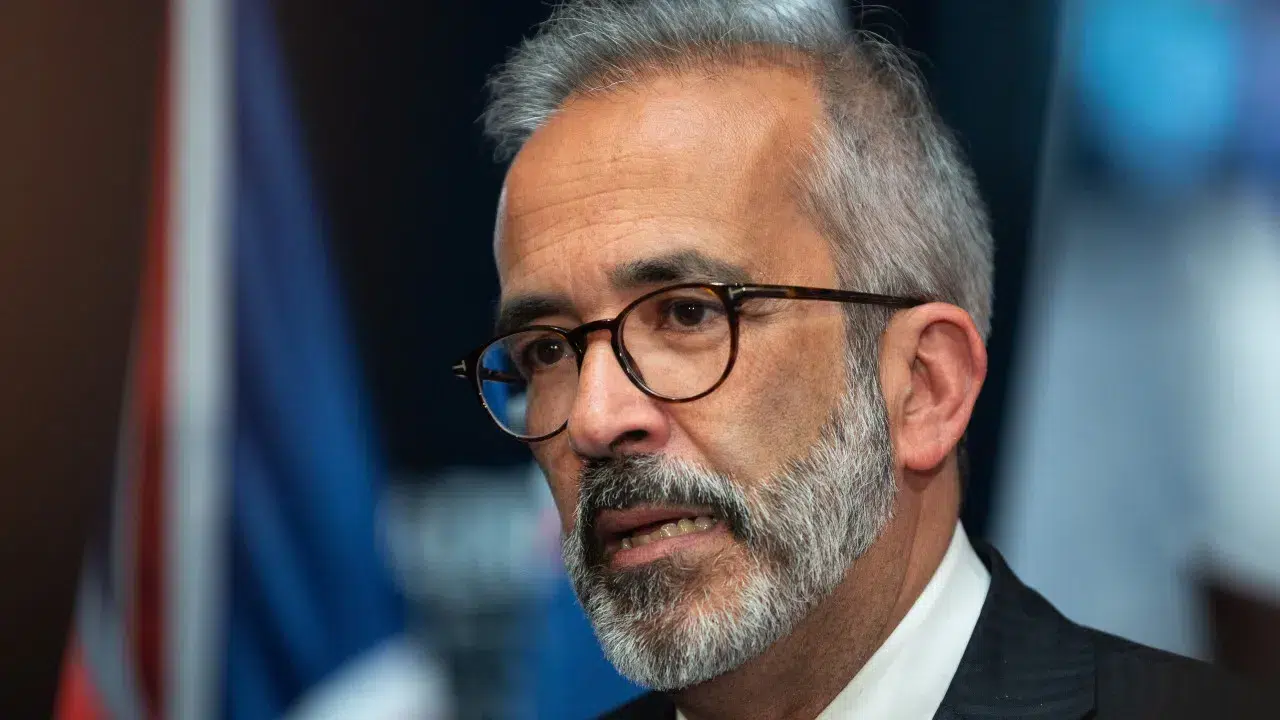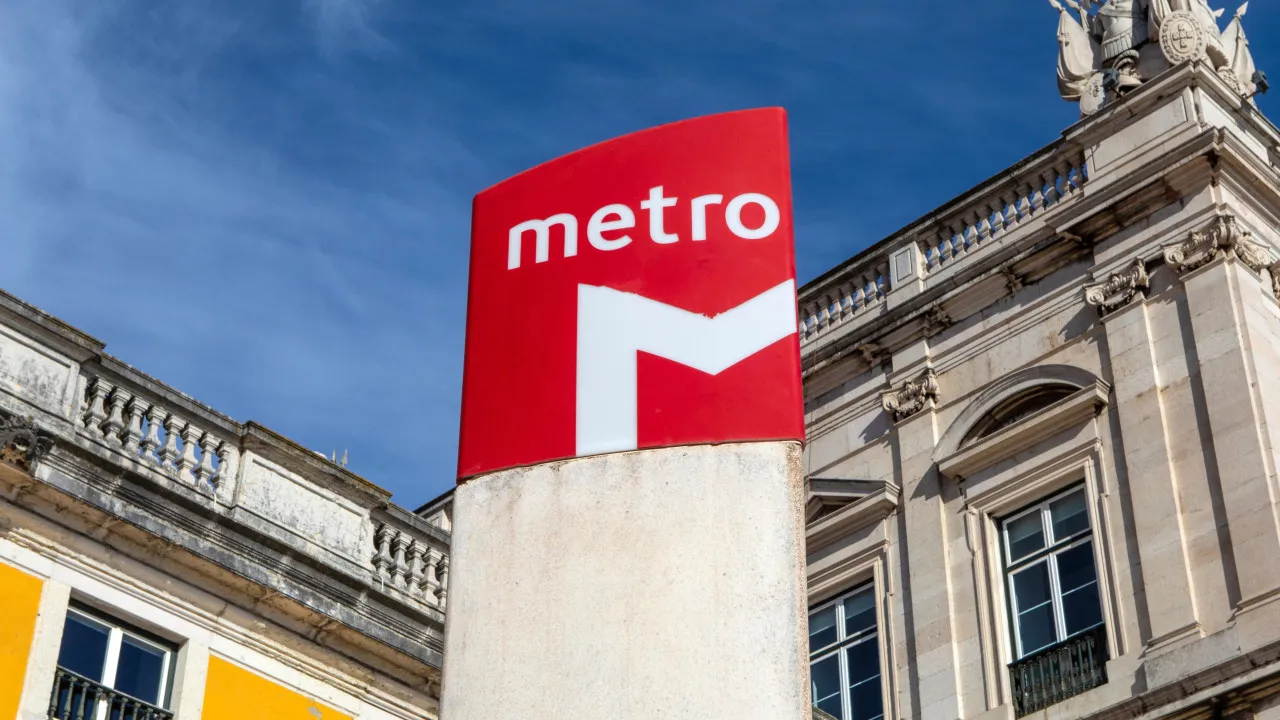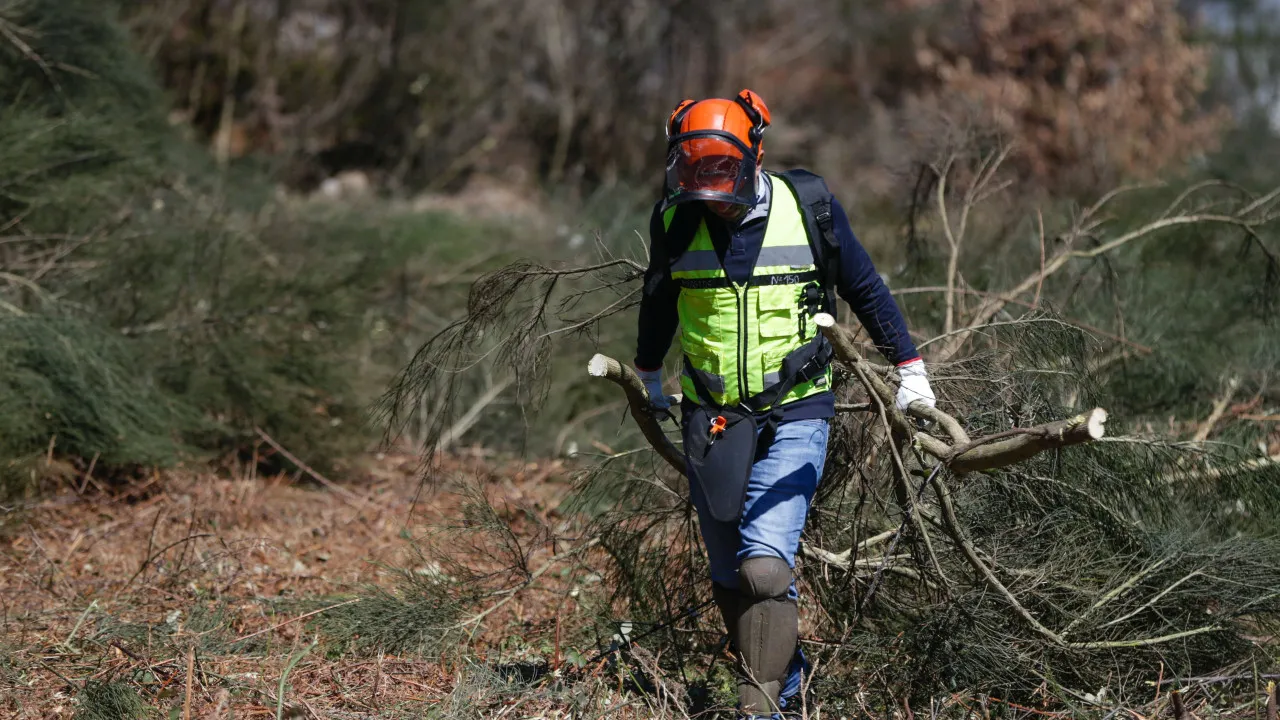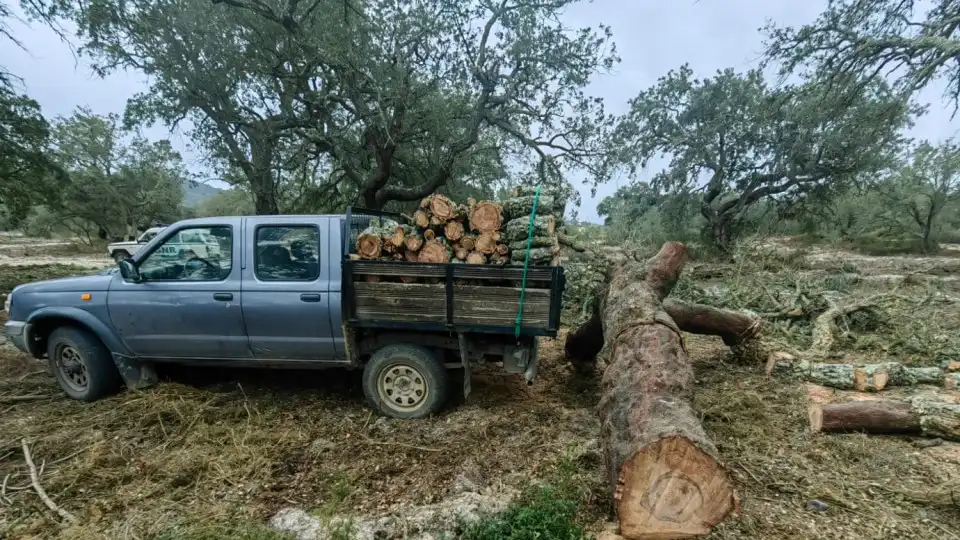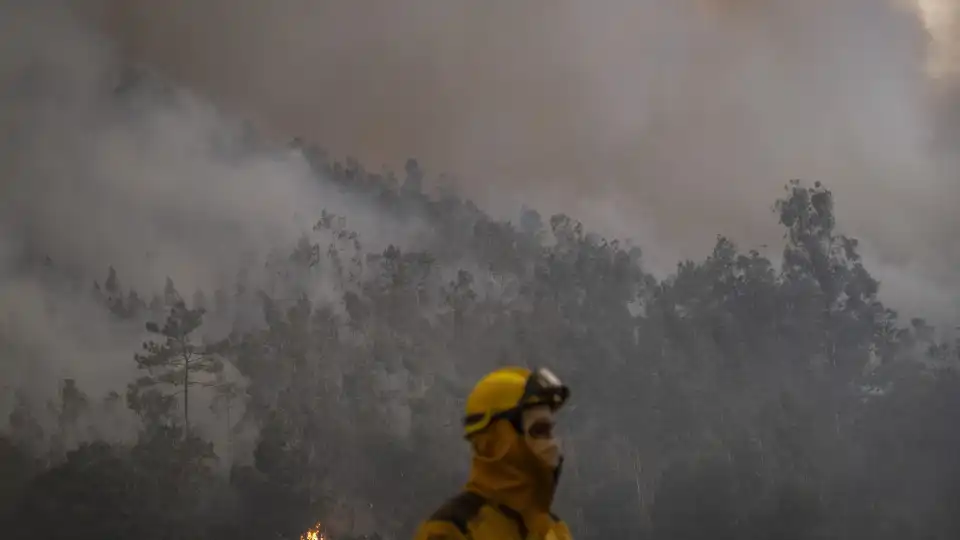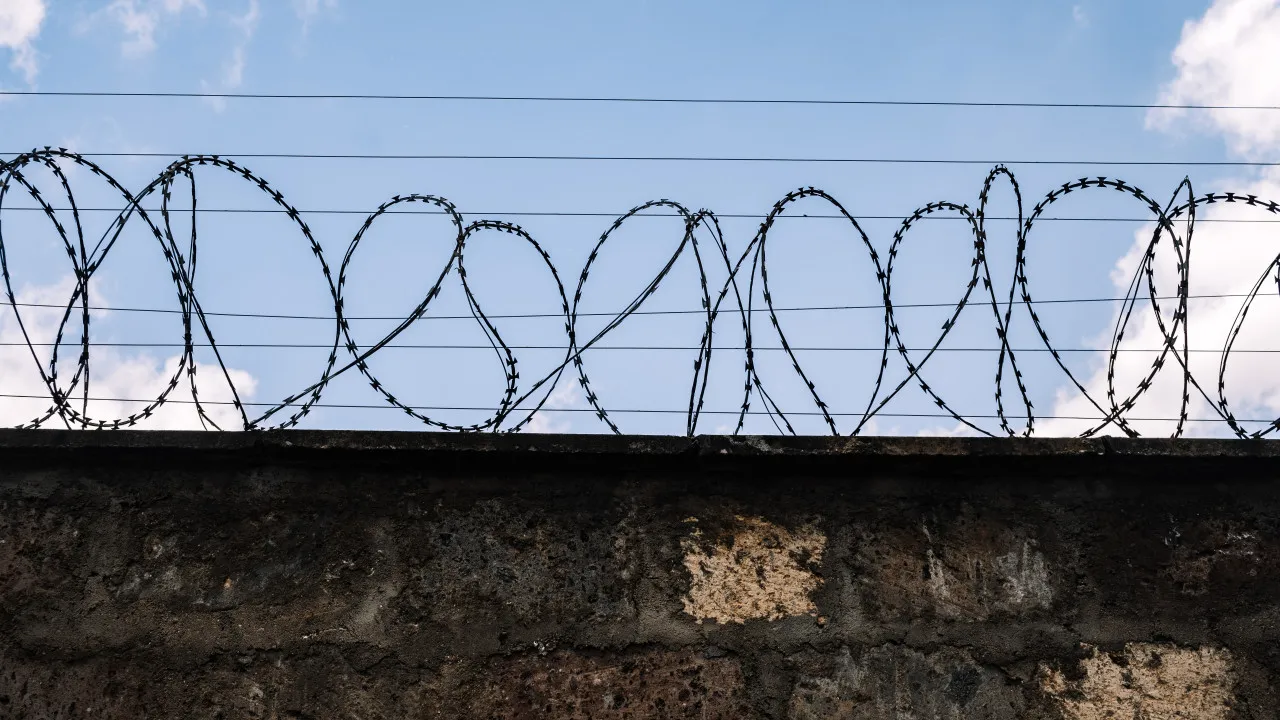The mayor of Almodôvar, in the Alentejo, admits changing water tariffs, which can double in some cases for consumers, and fears that the municipality will run out of water in the future, blaming the government.
In an interview with about the drought in this region of the country, António Bota (PS) criticizes the lack of measures to solve or minimize the recurring problem of water shortage in the county, predicting that in 40 years it will not even be possible to live in the town and that the lower Alentejo will become a desert.
With a chronic lack of water, Almodôvar is supplied by the dam of Monte da Rocha, in the neighboring municipality of Ourique, which is at 9% of capacity, a figure that has not changed much in recent years.
In May the municipality had already implemented measures to contain water consumption but now, in the interview, António Bota admits to go further: whoever spends more pays more and this amount can be double.
In April, similar to what had already happened last year, the Minister of the Environment, in connection with the drought, recommended that municipalities design “smart tariffs” so that those who consume more water pay more.
An unpopular measure and the municipalities, that has been publicized, have not followed it, so if it comes true Almodôvar will be pioneering.
António Bota argues that the “differentiating plan” will seek to discourage excessive consumption and at the same time will be an “awareness raising method” that can be efficient.
In this sense, it has already ordered a study of consumption averages, to understand the profile and create scenarios, and then create this rate.
“It is a measure of last resort, of desperation, for a municipality where there is no water,” he observes, pointing out that Almodôvar is one of the municipalities where water is cheaper.
He never tires of saying that the Baixo Alentejo has “serious water problems,” especially from Beja to the south.
António Bota is also president of the Intermunicipal Community of Baixo Alentejo (CIMBAL), made up of the municipalities of Aljustrel, Almodôvar, Alvito, Barrancos, Beja, Castro Verde, Cuba, Ferreira do Alentejo, Mértola, Moura, Ourique, Serpa, and Vidigueira.
And it is as a community leader that he laments that every year farmers, livestock, and consumers experience the problem of drought and “there are no solutions being prepared to prevent the future.
“We don’t see a solution in sight, we have a lack of water, it doesn’t rain, water reserves are not enough for farmers to invest, for livestock to have their animals, to have a life in terms of tourism with investment, with dedication to the land, and then we don’t see anything being done so that in the near or medium future we overcome or mitigate the problem of lack of water,” he criticizes.
He is also skeptical about investments in municipalities like Ourique, Castro Verde, Almodôvar or Mértola, because investors need water.
And there could be water, he says, if it had been made, for example, the dam on the Ribeira de Oeiras, which the municipality has been asking for for years, which would allow water to accumulate, create a microclimate, which would be good for fauna and flora, for irrigation and for human consumption.
António Bota doesn’t understand how the Oeiras dam is “a taboo on the political agenda of the government and the different governments. Because although it is an investment that weighs on the State Budget, the truth, he argues, is that the Baixo Alentejo deserves it just as much as other regions.
The government recently released a Water Efficiency Plan for the Alentejo, but the mayor doesn’t show much hope: These things take many years and as long as there is no accumulated water the plan won’t solve the problem.
At CIMBAL, he notes, they are working to build a network of weirs. “But it’s 10 or 15 years away, we need water now” and “saving is that we can’t get any more, we need a bath once in a while”.
Is the Alentejo heading towards desertification? The responsible answers that he doesn’t want to be pessimistic although he admits that it won’t be easy to live there in half a century without a change “of scenery”.
“I’m very sorry to say this, but I have the feeling that we are heading towards desertification, which is a shame,” he says, recalling that so many millions have been invested in infrastructure, water, electricity, housing, sewers, roads, and then nothing is left because the most important thing, water, is missing.
“The element that we most need to have and the one where we see less investment in the Baixo Alentejo,” he insists.
The government should have already studied the possible crops for the region and, above all, should have done the water retention. And if that’s not the solution, there is another solution: connect the dams in the north of the country to those in the south, a pipeline that brings more water from the north to the south, he proposes.
António Bota admits that it is an expensive solution, but perhaps less expensive than investing in desalination plants.
Urgent, he insists, was the Oeiras dam and, in this sense, they are trying to take a petition to the Parliament for the subject to be discussed.
It also shows hope that in a rainy year the dam would fill up and give life to the region. And with another dam in the municipality of Castro Verde the south of the country could even bring water to the Algarve.
The dam of Monte da Rocha, in Ourique, is, as usual, at 9% capacity. And only in 2025 should it be connected to Alqueva. The mayor says that this should have been done at least a decade ago.
For the time being it is worth this water, which supplies five municipalities but cannot be used for irrigation. “By mathematics we would have water for a year and a half. I don’t believe it. If it doesn’t rain next winter we will run out of water. And if we run out of water there are fire trucks, companies, budget to bring water. It’s a shame, because this already happened in the 80s, when Almodôvar was supplied by army trucks, and after these 30 years we are still on a tightrope.
Dam that supplies the Baixo Alentejo has not filled for a decade

